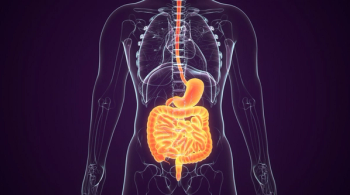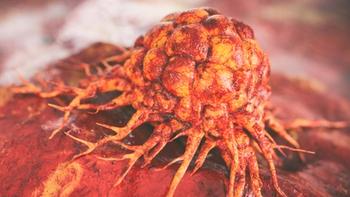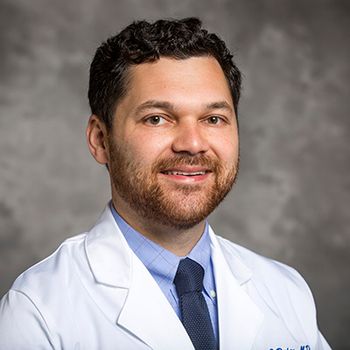
Potential Solutions to Disparities in Stem Cell Transplant for Blood Cancer

Resolving disparities within the blood cancer space is a matter of “access to excellent healthcare,” according to Usama Gergis, MD, MBA.
In a conversation with CancerNetwork®, Usama Gergis, MD, MBA, suggested that accessibility to high quality healthcare is a key factor in overcoming disparities in receipt of step cell transplant for patients with hematologic malignancies.
In particular, he cited distance to treatment centers as one of the contributing challenges, noting that there are patients who drive up to 3 hours to receive treatment at his institution. However, Gergis, the director of Stem Cell Transplant and Cellular Therapy Program at Jefferson Health, noted that his institution is in the process of setting up several satellite transplant clinics that will allow patients to receive their pre-transplant and post-transplant care. Reducing the distance traveled may help in making the stem cell transplant process more feasible for this population, many of whom are elderly.
Transcript:
There is a global solution to disparities in health care, whether that is allogeneic transplant or triple bypass [surgery]. There is a specific transplant goal. I would think that access to excellent health care will address this disparity right at the core. For example, our catchment area here in Center City, Philadelphia is huge. When I was in Cornell in New York, I thought it was larger for people coming from Long Island, Westchester, Brooklyn, or Queens. But looking at the geographic location of our patients here, there are people coming from 2 or 3 hours [away] who are driving to Center City.
For someone with blood cancer who might require close monitoring twice a week, and with the understanding that blood cancer is a disease of older age—for acute myeloid leukemia, the median age is 68 years—children and grandchildren will need to [accompany their grandparents] to Center City. As a way of addressing this, we are setting up satellite transplant clinics closer to home. We do not have to do transplant at [any one location]. We don't have to do that. But allogeneic transplant is a lifelong [treatment].
We [decided] to do transplant here in Center City, but we will do the pre- and post-transplant [treatment] closer to home. The driving distance to a transplant center has shown potential to be a barrier to cellular therapy.
Newsletter
Stay up to date on recent advances in the multidisciplinary approach to cancer.
















































































